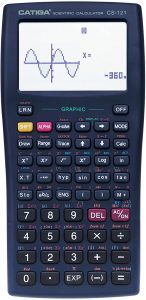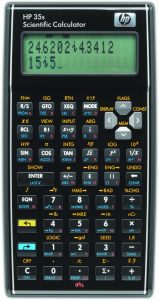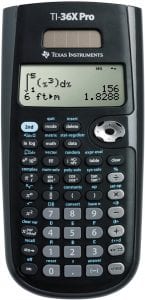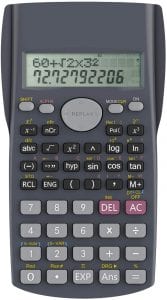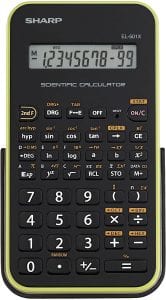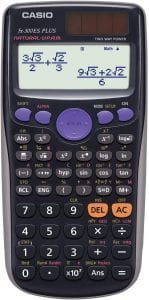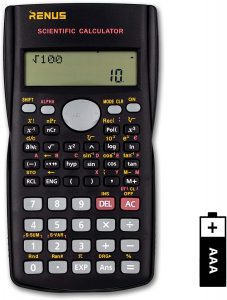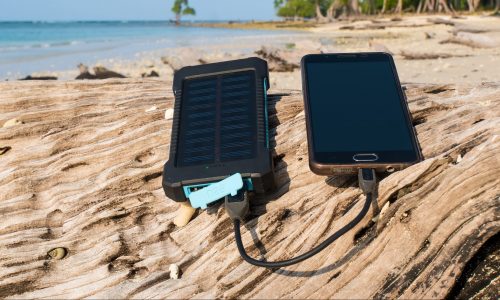The Best Scientific Calculator
We looked at the top 7 Scientific Calculators and dug through the reviews from 15 of the most popular review sites including and more. The result is a ranking of the best Scientific Calculators.
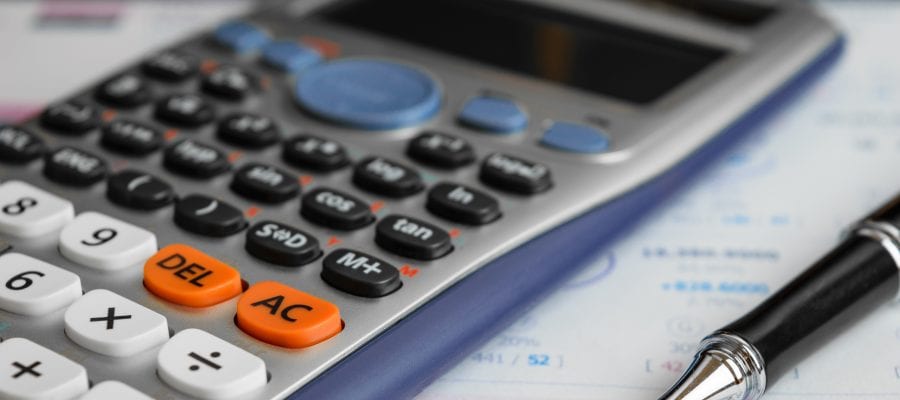
Our Review Process
Don't Waste Your Money is focused on helping you make the best purchasing decision. Our team of experts spends hundreds of hours analyzing, testing, and researching products so you don't have to. Learn more.
Our Picks For The Top Scientific Calculators
- 1. CATIGA CS-121 Formula 3-Mode Scientific Calculator
- 2. HP 35S Battery-Powered Scientific Calculator
- 3. Texas Instruments TI-36X Pro MultiView Display Scientific Calculator
- 4. Helect Professional Widescreen Scientific Calculator
- 5. Sharp EL-501XBGR Ergonomic LCD Scientific Calculator
- 6. Casio fx-300ES PLUS Solar Trigonometric Scientific Calculator
- 7. RENUS Advanced Multi-Functional Scientific Calculator
This reliable scientific calculator comes in a choice of sleek black, bright pink or calming blue. In addition to the 20 built-in graphs and ability to calculate fractions, this model also offers a handy instant replay feature, so you can review a problem until you understand it. With this calculator, you can even solve standard deviation and linea...
Budget-Friendly OptionThanks to the affordable price tag on this scientific calculator, you don't have to spend a fortune on supplies for class.
You'll find this scientific calculator is powered using a lithium battery, which is included with your purchase. It comes with four programming functions and is small enough to fit in your pocket. The LCD screen is easy to read and is able to accommodate up to 14 digits.
Must-Have ToolThis scientific calculator comes with a zipper case to protect it from dirt and dust when not in use.
With a discreet solar panel to fuel its generous display, this scientific calculator ensures you don't need to carry a change of batteries. The four-line display can show multiple calculations at once, presented as stacked fractions, symbols, integrals and other textbook-style notations.
Solar-Powered and MultifunctionalThis natural-display calculator is a great choice for a reliable math and science tool, where full graphing calculators are not allowed.
With the ability to handle one- and two-variable statistical equations and 240 scientific functions, this engineering calculator is a true workhorse. The two-line display shows both the input and 12 digits of output in HD, and has scientific and engineering notation modes.
Multivariable Equations When you need a real powerhouse that's still permissible in math and science classes, this scientific calculator covers all the bases.
Buying Guide
Calculators are useful for many common tasks such as balancing a budget or calculating tax. However, for students in math or science courses or for professionals who work in the realms of engineering, math, information technology or computer science, more advanced functionality in a calculator is required.
Scientific and engineering calculators are equipped to handle most operations that students and science professionals will need to perform on a day-to-day basis, though there are a number of factors that are important to keep in mind.
If the user is a student, some calculators may have too much functionality and will not be allowed by the teacher or professor. Many algebra classes, for example, do not allow graphing calculators because part of the course material is learning how to graph equations and functions, so a calculator that does it for the student is barred.
Another functionality that may not be permitted in certain courses is the ability to program the calculator, such as to do recursive or serial operations. Both of these abilities are typically not allowed in standardized testing scenarios. On the flip side, some higher-level math classes such as calculus instead require graphing and/or programming capabilities.
Scientific or engineering calculators have a number of advanced abilities and functions such as exponentiation, taking roots, logarithmic functions, calculating trigonometric functions and many others. These features are generally accessed by buttons that have multiple functions each.
When shopping for a scientific calculator, first make sure it has the functionality you need and does not have any abilities that are not allowed in your context. Next, consider ease of use issues. Are the buttons too small or just the right size? Is the writing on the buttons easy to read? If there is additional functionality such as memory or replay capabilities, are they intuitive and straightforward to use?
Another consideration with scientific calculators is the display. Many calculators have single-line displays that show something like 10 digits, which is sufficient for many purposes. However, some calculators have multiple lines used for displaying the input alongside the output or for displaying equations and formulas in a “natural” style similar to how they are written in textbooks and standard notation. This type of display includes things like stacked fractions, radicals, symbols, superscripts, integrals and so on.
Finally, make sure that the calculator comes in a size that comfortably fits in your hand. Many calculators also have protective cases over the front that flip around to protect the back of the calculator when it’s in use.
Why we recommend these scientific calculators?
Products Considered
Products Analyzed
Expert Reviews Included
User Opinions Analyzed
Our experts reviewed the top 7 Scientific Calculators and also dug through the reviews from 15 of the most popular review sites including and more. The result is a ranking of the best of the best Scientific Calculators.
DWYM is your trusted roduct review source. Our team reviews thousands of product reviews from the trusted top experts and combines them into one easy-to-understand score. Learn more.
The Best Bang For Your Buck
HP 35S Battery-Powered Scientific Calculator
Key Takeawy
You'll find this scientific calculator is powered using a lithium battery, which is included with your purchase. It comes with four programming functions and is small enough to fit in your pocket. The LCD screen is easy to read and is able to accommodate up to 14 digits.
What to Look For
- If the calculator is for a student or may be used for tests such as the SAT, ACT or GMAT, find out the specifications of permissible calculators before purchasing. What’s required in one context may be banned in another.
- Ideally, a single calculator will meet all your needs, but some students end up with three calculators: an arithmetic-only simple calculator, a scientific calculator and a graphing calculator.
- Consider the type of battery and how easy it is to access. Some calculators are solar-powered but still might have battery backup.
- Solar power is convenient and reduces battery waste, but can be a hassle if you forgot to charge it (if you left it in a backpack or briefcase, for example) and there is no backup.
- If there are batteries, make sure they are a common type (such as AA or AAA) and are easy to access without requiring tools.
- The brightness and resolution of the display can be a deciding factor. Some lower-end calculators have displays that show “ghosts” of numbers not currently displayed and can be hard to read.
- In bright environments, dim displays can also be a problem. Make sure the display resolution suits your needs and reading preferences, with numbers that are a comfortable size, style and darkness for you to read.
More to Explore
Humans have been inventing and using calculation tools for tens of thousands of years. The history of calculators begins with the abacus first used in Ancient Sumeria and Egypt around 2,000-2,500 B.C.
True advancements in calculation technology began in the 17th century with John Napier’s system of rods and the later invention of slide rules. Mechanical calculators arose soon after, but it wasn’t until the 1930s that electronic calculation technology took root. Since then, numerous advances, such as LED screens and the microchip, shaped the calculator as we know it today.

